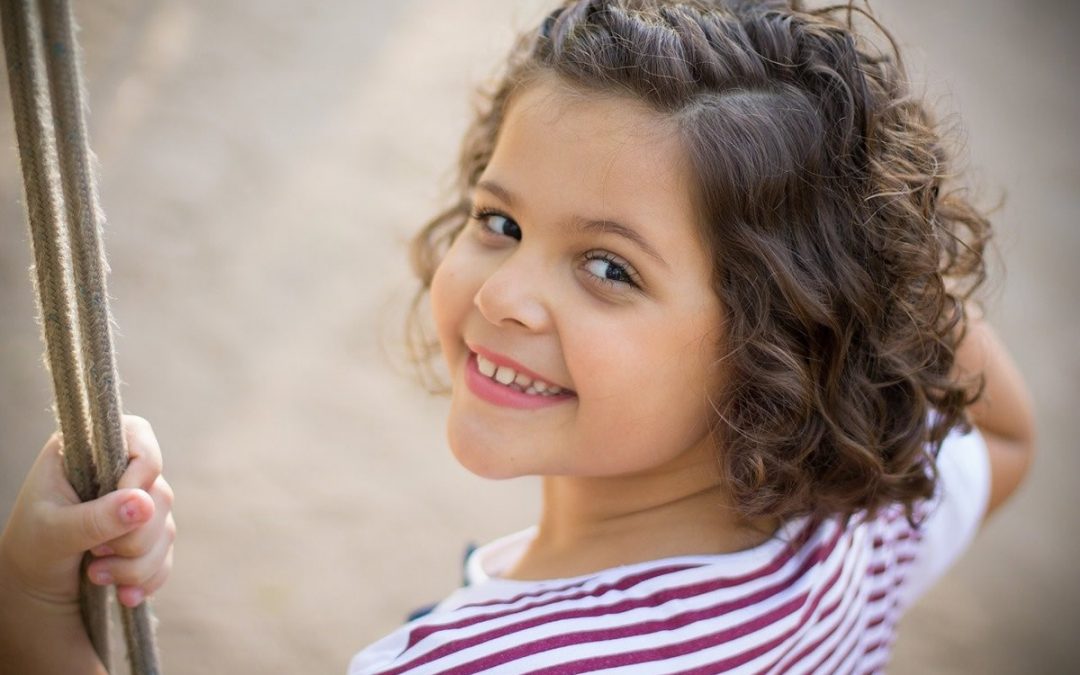
by Kay Cooke | Sep 27, 2021 | next generation
September brought us the Equinox, marking a moment of ‘balance’ in our yearly calendar, with day and night available to us, in equal measure.
I guess you know when you’re (metaphorically) tipping out of balance, right? When it seems all that’s left is to give up or give over to some external authority on your wellbeing?
Balance is one of our key themes when working with the next generation, we want them to trust that they can always find it, know how to achieve it, and don’t need to rely on an external authority to do the re-balancing for them. We call this RESILIENCE.
We must teach resilience as an ‘inside job’ so the next generation learns how to self-adjust their personal wellbeing rather than defaulting to the notion that the solution, or the blame, lies elsewhere.
Sometimes in our work, we find parents and teachers don’t believe it is possible for young people to self-manage wayward thoughts and emotions and make it their priority to step in at the first hint of challenge. Fast forward to a generation of teenagers who never learned to hardwire the skills of ‘doing’ resilience i.e., falling over, picking self-up, reflecting on what to do differently next time, taking responsibility for the results in life and adjusting mindset/behaviours to meet new needs. Simply put, this is the process of learning and a far cry from our ‘woke’ generation who want to blame or change others. How have we forgotten our nature as exquisite learners?
And those parents and teachers who DO believe it is possible for young people to self-manage wayward thoughts and emotions, often just don’t know how to teach these skills. Thankfully we do.
This month’s Resilience Tip is to help children imagine their future self as buoyant and able to respond to and rebalance after any of life’s whirlwinds. Imagineering (as we call it) is nature’s way of formatting neural pathways into codes of possibility. That’s how we landed on the moon – someone had the idea first … It was an imagined possibility that eventually became tangible actions.
I vote for more seeding of great ideas inside the minds of our next generation. Imaginings of a flourishing future. We cannot thrive as a species if we continue to fill young people’s imaginations with fear and helplessness.
We all become what we repeatedly do, so why not help your child habituate resilience inside their mind’s eye and set a clear direction for their brains and bodies to follow?
We all deserve a thriving next generation, don’t we?

by Kay Cooke | Jun 2, 2021 | next generation
Recently, on an online Parent Forum, I read
“my child would NEVER do that.”
And I thought ‘how do you know?’
And I wondered ‘could they be wrong?’
That parent had asked for help with their 5-year old’s emotional responses.
The suggestion put forward was rejected out of hand “my child would NEVER do that”
“But s/he COULD don’t you think?”
When I hear the opinions of parents, limiting a child’s opportunity to explore potential solutions (just because they don’t believe it possible), that strengthens my resolve to help parents understand how brains work.
Neurologically, there are endless combinations of think-feel-do. They are there to be tried, tested and mapped.
Psychologically there are limits. Thoughts, drive feelings, which drive behaviour.
Don’t let your beliefs limit your child’s chance to discover their unlimited potential.

by Kay Cooke | Apr 30, 2021 | next generation
Parents of teenagers!
Stressed? Frequently? Especially when they ask “what became of that cute snuggle-bundle who utterly adored me as ‘the best mummy/daddy in the whole wide world’?”
And they recall those sincere pre-pubescent promises of “I’ll never smoke/stay out late/take drugs …”
However, all too soon these babies become teenagers! And the shock of this new era can feel like a personal loss of (unrealistic) hopes and dreams. And as the teen’s biological programming shifts a gear, the little darlings start taking unprecedented risks, pushing boundaries, and even contemplating how they no longer ‘fit’ the family nest.
At this point, there may be tension! Because despite parents’ best intentions, their expertise and ‘guidance’ can now create volcanic eruptions of molten emotions.
Stress can occur from a simple thought like “s/he ‘should’ do x, y, z …” and drama so often follows frustration, when the teen doesn’t follow parental wisdom.
But spare a thought for the teenager too; teen times can feel both exhilarating and frightening as everything (from body to bestie) changes as a new transitional map is in the making.
While it is best not to allow these differences to build sticky or stormy relationships, sometimes it just happens. My advice in these situations is simple, stay focused on the long game – a rewarding future relationship and happy family.
Perfect Storm – a metaphor for parents
To survive any storm a ship needs to remain stable while the crew focuses on tasks that navigate the weather conditions. At all times, the Captain must keep clear sight of all working parts (people and things), s/he must also keep sight of the destination.
To excel as a Captain, it is always best to maintain a calm, steady self-managed emotional state.
In this metaphor, teens have shifted from being happy crew, to feeling like unwilling passengers (or prisoners!). A good Captain, stays focused on the whole, bigger picture and visualises the vessel arriving safely at its destination.
Destination – a technique for parents
While navigating this type of storm, as a Captain, it can be useful to stop and reflect on where you started (love) and where you are going (love).
Imagine, 20+ years from now, a happy family gathering where all memories of the choppy seas of teendom, have long subsided.
As you stop and look beyond any of today’s storms, you see that far-away radiant land, don’t you?
See that future you immersed in joyous fun with your future family, probably looking back and laughing at this current state of affairs. Do this and you now have created a more resourceful emotional state to handle your day.
Note: Parents are always asking for advice, coaching or training in how to ‘manage’ their teens and NLP is a perfect technology for influencing with integrity (the art of great parenting). Yet I have to add, that when we work with teenagers directly, we often find they themselves become stable ships for their parents! And with so many teenagers now doing our Happy Brain programmes (as an introduction to NLP), look out for the new super spreaders of next-generation thinking!

by Kay Cooke | Mar 9, 2021 | next generation
FREE PARENT TIP!
H is for Heartful!
In our Calm Confidence Kit, we have an exercise called Heartful – that sets up a powerful neuro-physiological connection for oxytocin boosting resilience. Here’s how …
Choose a quiet time to set this up. A time and place when your child is feeling calm, relaxed and balanced.
Gentle take hold of their left hand and with your ring finger, trace an imaginary heart symbol in its palm – 3 times.
Ask them to look at the imagined outline of the heart shape and have them trace it for themselves, three times.
Now invite them to remember people who help them feel loved and visualise these faces inside the imaginary heart in their left palm. Ask them to maybe even hear soft loving spoken words.
Some children prefer to think of an animal who can send them love through the palm of their left hand.
Ask your child to let you know “when the tickle feeling has reached their heart” give them as long as they need (you’ve planted the seed that it will happen). Sometimes it takes seconds to feel a heart tickle and sometimes it takes days … Just allow them to believe it will happen and therefore direct their attention to seeking their own evidence.
Have them imagine a time in the future when they might expect to feel a little nervous or unhappy, but instead of feeling stuck – they can bring this heart feeling into their hand (no -one will see) and remember the nice happy feeling instead. Nice feelings help us to make better decisions!
Practise! Whenever you are calm and loving. Hard wire it so their brain can do it automatically (repetition is an easy way to establish brain signal pathways).
What a gift you have given your child for future resilience in any place, time or situation. Remind them they can take it with them every day, and remind them to re-charge it’s power regularly too!
Give your child a simple brain directive that puts them in charge of learning how to manage their feelings while building trust in their own mechanisms for resilience.






Recent Comments